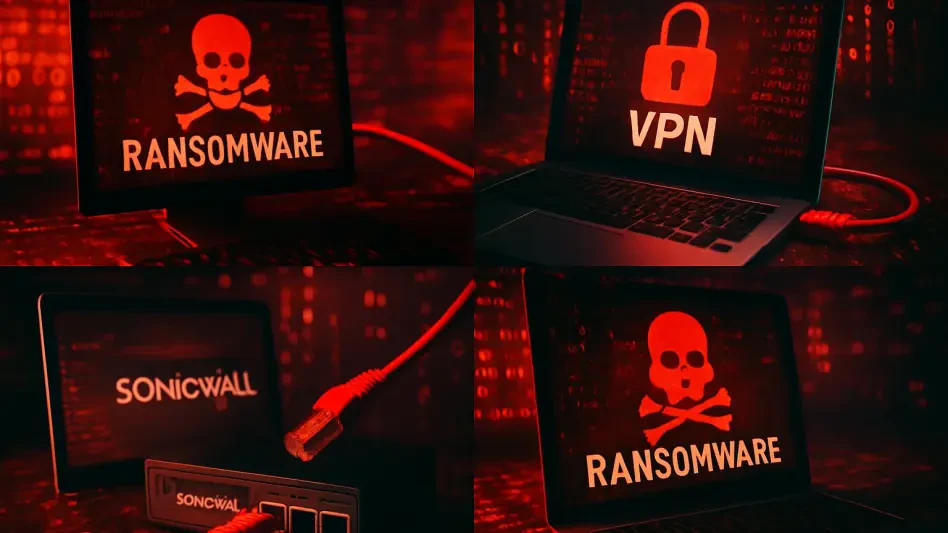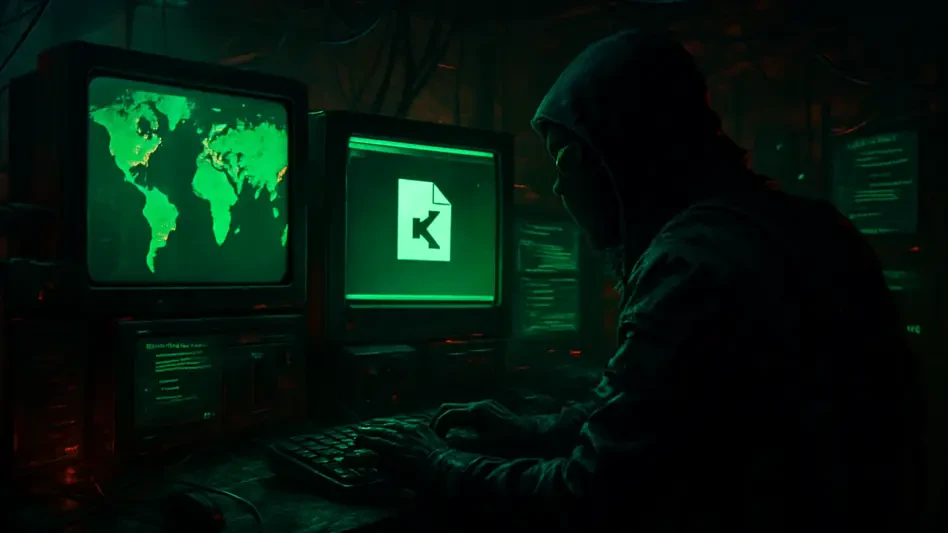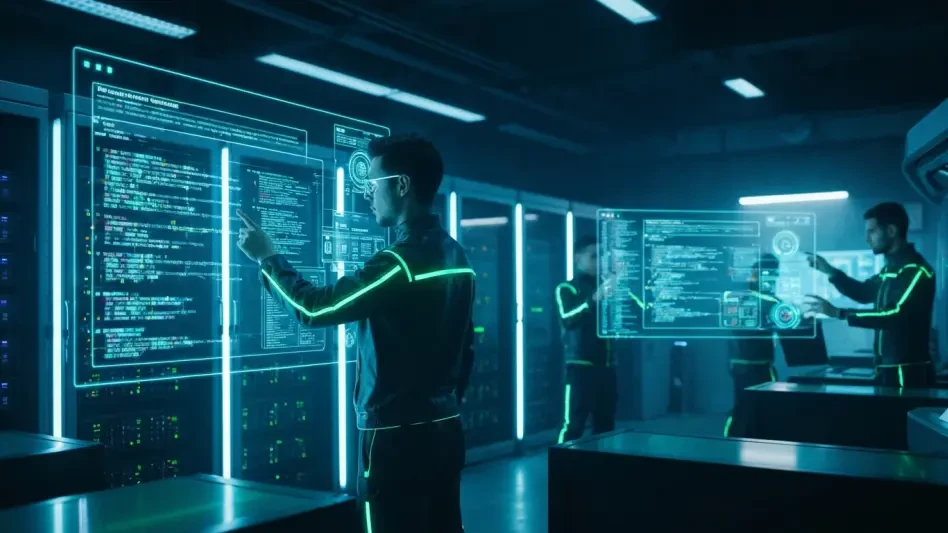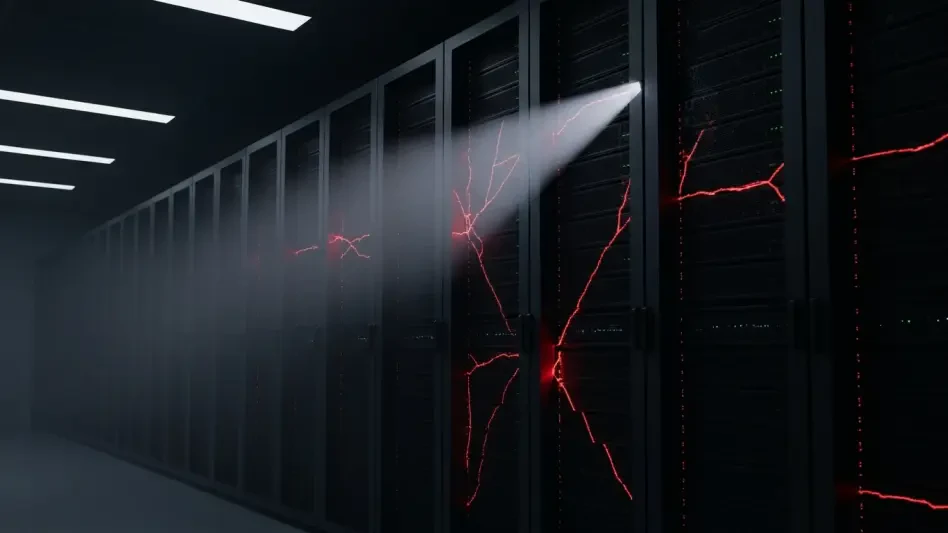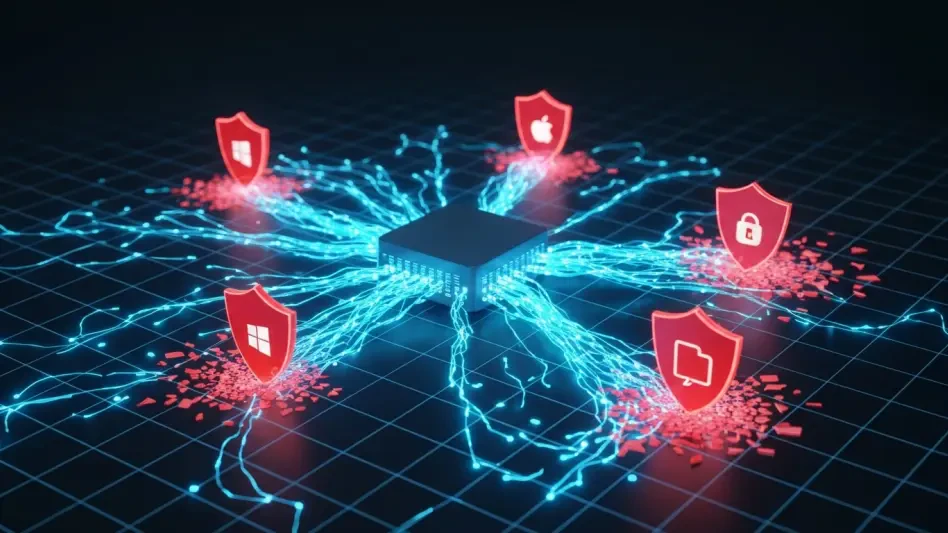In an alarming development for cybersecurity, a sophisticated ransomware group known as Akira has been targeting SonicWall SSL VPN appliances, exploiting what appears to be a zero-day vulnerability that bypasses even the most up-to-date security patches. Since late July, a wave of attacks has swept through numerous organizations, exposing a critical weakness in SonicWall’s Secure Mobile Access (SMA) series. This breach allows attackers to gain unauthorized access, execute remote code, and deploy ransomware to encrypt sensitive data while demanding substantial ransoms. The implications of such an exploit are profound, as it underscores the persistent and evolving nature of cyber threats. Businesses relying on VPNs for secure remote access now face an urgent challenge to protect their networks from this insidious threat. As ransomware groups like Akira continue to refine their tactics, the cybersecurity community is on high alert, seeking solutions to a problem that defies traditional defenses and patch management strategies.
Unveiling the Threat Landscape
The scale and precision of Akira’s attacks on SonicWall SSL VPNs reveal a chilling reality about the current state of cybersecurity. This ransomware group, notorious for targeting both Windows and Linux environments, has demonstrated an ability to exploit vulnerabilities that remain undetected by standard security protocols. Reports indicate that attackers often begin with reconnaissance, identifying exposed VPN endpoints before crafting specific requests to bypass authentication mechanisms. Once inside, they execute malicious code, encrypting data and holding it hostage for exorbitant payments. The fact that even fully patched systems are falling victim suggests a zero-day flaw—an unknown vulnerability with no existing fix. This situation has sent shockwaves through industries reliant on secure remote access, as it highlights how traditional security measures can be rendered obsolete overnight by determined adversaries leveraging undisclosed weaknesses in critical infrastructure.
Beyond the immediate damage of data encryption, the broader impact of these exploits lies in their potential to disrupt entire supply chains and critical operations. Akira’s history of extorting millions from victims globally since its emergence amplifies the severity of this threat. Cybersecurity researchers have observed that the group’s tactics often involve persistent access, allowing for full network compromise over time. This calculated approach means that a single breach can lead to cascading effects, impacting not just the targeted organization but also its partners and clients. The exploitation of SonicWall appliances is a stark reminder of how ransomware groups are increasingly focusing on infrastructure vulnerabilities to maximize their reach and impact. As incidents of ransomware continue to rise, with an 11% increase reported in recent data, the urgency to address such zero-day exploits has never been greater, pushing defenders to rethink their strategies in a rapidly shifting digital battleground.
Strategies for Mitigation and Defense
Addressing the threat posed by Akira’s exploitation of SonicWall VPNs requires a multi-layered approach that goes beyond conventional patch management. Security experts advocate for immediate steps such as disabling unnecessary VPN access to minimize exposure to potential attackers. Enforcing multi-factor authentication across all access points adds a critical layer of defense, making it harder for unauthorized users to penetrate systems even if initial credentials are compromised. Additionally, continuous monitoring for unusual login attempts can help detect early signs of an intrusion before significant damage occurs. Network segmentation is another recommended tactic, as it limits lateral movement within a system, containing the impact of a breach if attackers gain entry. These proactive measures, while not foolproof against zero-day flaws, can significantly reduce the risk and damage potential of such sophisticated ransomware campaigns.
Equally important is the collaboration between organizations and technology vendors to identify and resolve underlying vulnerabilities swiftly. In the case of SonicWall, there is a pressing need for transparency and rapid response to confirm the existence of a zero-day flaw and develop a fix. Cybersecurity firms emphasize the value of sharing threat intelligence to stay ahead of groups like Akira, whose methods evolve with each attack. Implementing robust incident response plans ensures that businesses can react quickly to contain breaches and recover encrypted data without succumbing to ransom demands. The dynamic between cybercriminals and defenders remains a constant game of adaptation, where staying one step ahead often means embracing innovative tools and strategies. By focusing on resilience and preparedness, enterprises can better safeguard their networks against the relentless wave of ransomware threats that exploit critical systems in increasingly cunning ways.
Strengthening Cybersecurity for Tomorrow
Reflecting on the Akira ransomware campaign against SonicWall VPNs, it’s evident that past efforts to secure digital infrastructure faced significant challenges. The exploitation of a potential zero-day vulnerability exposed a critical gap in defenses, leaving even patched systems vulnerable to attack. The sophistication with which attackers bypassed authentication and executed remote code underscored the limitations of relying solely on traditional security updates. This incident served as a wake-up call for many organizations, prompting a reevaluation of how they approach remote access security and threat detection in an era of increasingly complex cyber threats.
Looking forward, the focus shifts to actionable steps that can prevent similar breaches. Prioritizing advanced threat detection systems capable of identifying anomalous behavior in real-time becomes essential. Investing in employee training to recognize phishing attempts and other entry tactics used by ransomware groups offers another layer of protection. Additionally, fostering stronger partnerships between public and private sectors to share insights on emerging threats promises to enhance collective resilience. As the cybersecurity landscape continues to evolve, adapting to these lessons from past incidents ensures that businesses are better equipped to face future challenges with confidence and strategic foresight.

